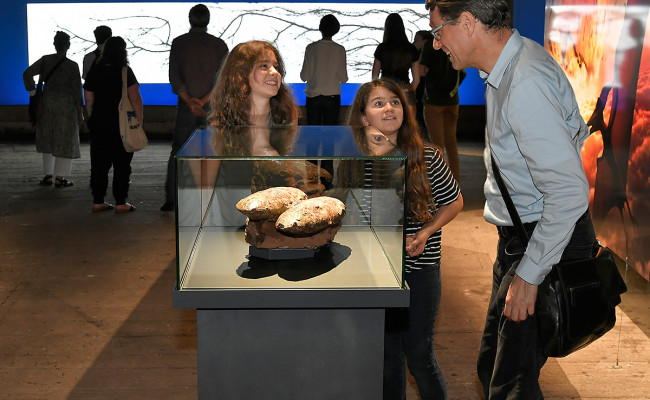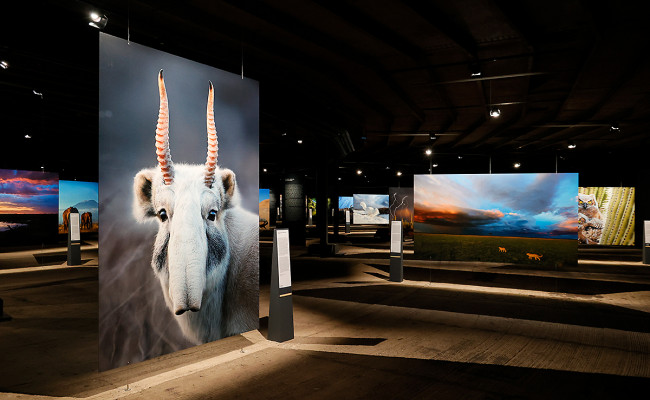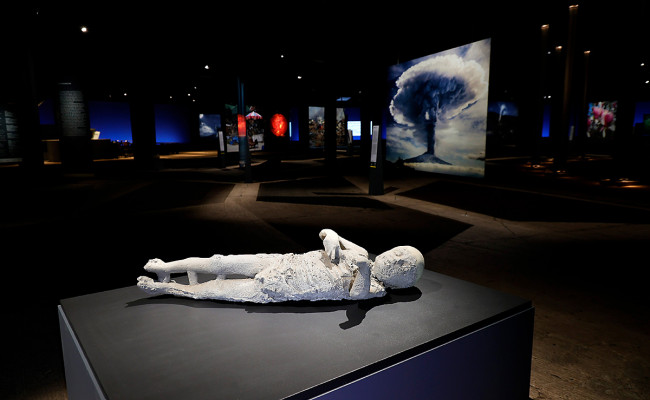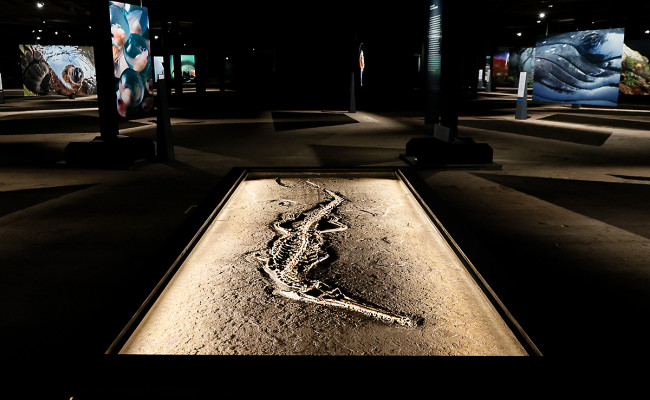The Fragile Paradise
The first exhibition after the renovation of the gasometer shows from October 1st 2021 the beauty of nature and the influence of humans on their environment. “The Fragile Paradise” takes visitors on a visually stunning journey through the turbulent climate history of our earth and shows in impressive, award-winning photographs and videos how the flora and fauna changed during the Anthropocene.
Fire, wind and water - these elemental forces form the spectacular introduction to the new Gasometer exhibition. Visitors experience the effects of these natural phenomena on the climate history of our planet. Under the motto "One Earth - Many Worlds", the visitors discover the paradisiacal biodiversity of our planet in the round under the gas pressure disc. Unique large-format photographs and gripping film clips allow the viewer to climb into the treetops of the rainforest with sloths, romp playfully across the pack ice with young polar bears or roam through tundra and taiga with a herd of caribou. Thanks to the latest 3D technology, visitors to the exhibition can virtually explore the world's largest rainforest reserve, Tumucumaque National Park, and slip into the role of various inhabitants of this jungle. But the animals do not always stay in their natural environment. Some animal species have discovered urban agglomerations as new habitats for themselves.
Man's ecological footprint determines the exhibition content on the next level of the Gasometer. "Insofar as we intervene in nature, we must pay strict attention to restoring its balance," warned the Greek philosopher Heraclitus, around 550-480 BC. However, his warning went largely unheard and the consequences of human intervention in the planet's ecosystem are dramatic. The compiled images and film sequences clearly show the climate change, forest clearances, the overexploitation of animals, the littering - especially of the seas - and the consequences of industrial agriculture. But there are also glimmers of hope, such as the Ocean Cleanup Project, the Vertical Forest Building in Milan or - right on the Gasometer's doorstep - the renaturation of the Emscher river.
"The aim of the exhibition is to show the beauty of our planet that is worthy of protection," explains Jeanette Schmitz, Managing Director of the Gasometer GmbH, "but that also means pointing out the abuses that threaten our paradise. However, there are already promising approaches to solutions, which we are presenting in an exemplary manner".
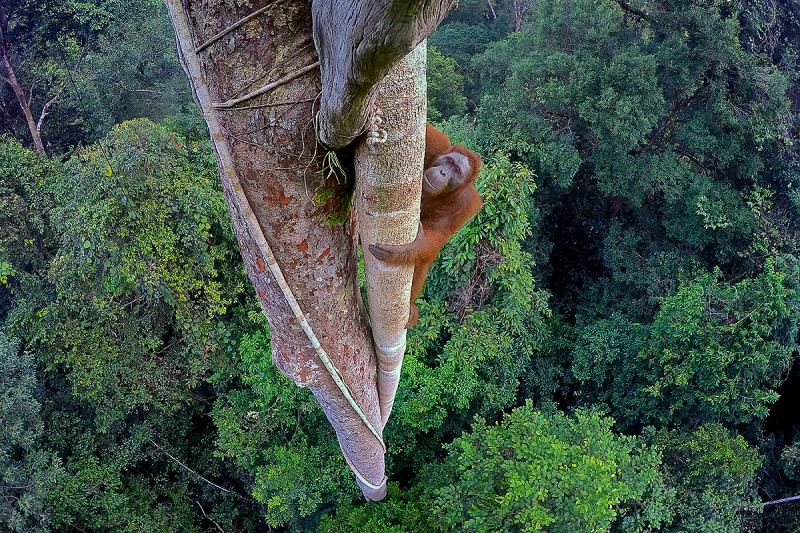
Foto: Tim Laman
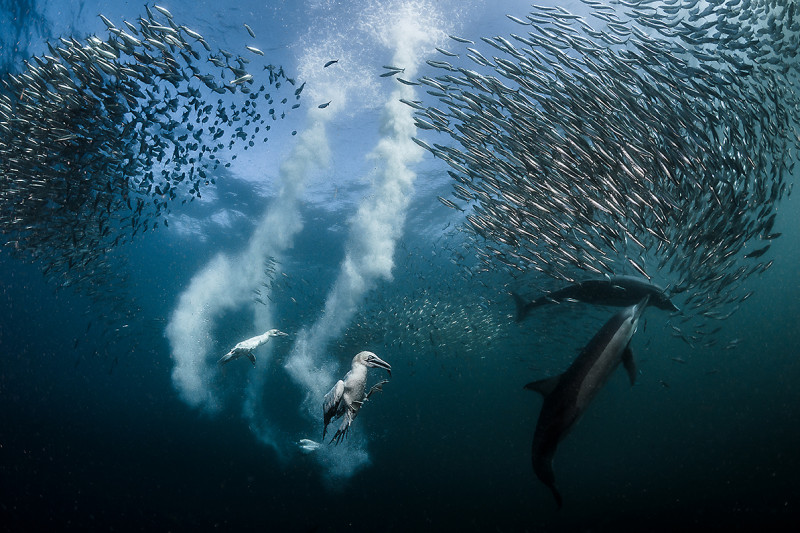
Foto: Greg Lecoeur
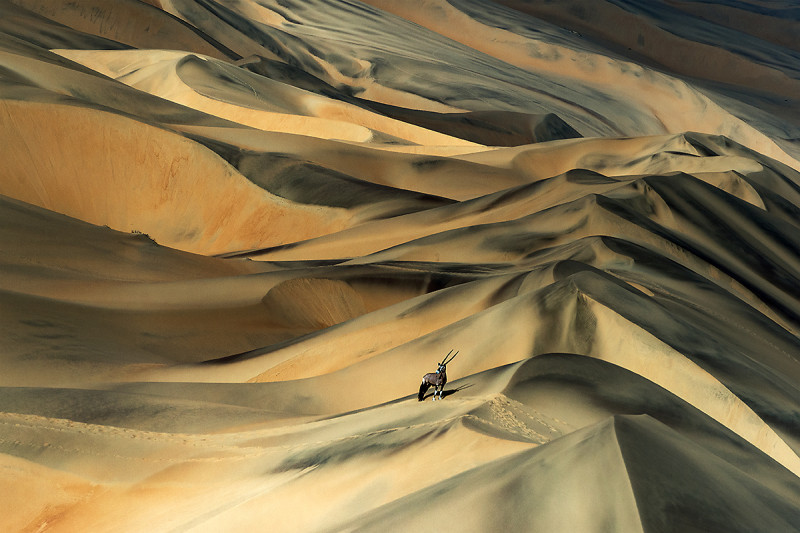
Foto: Sergey Gorshkov
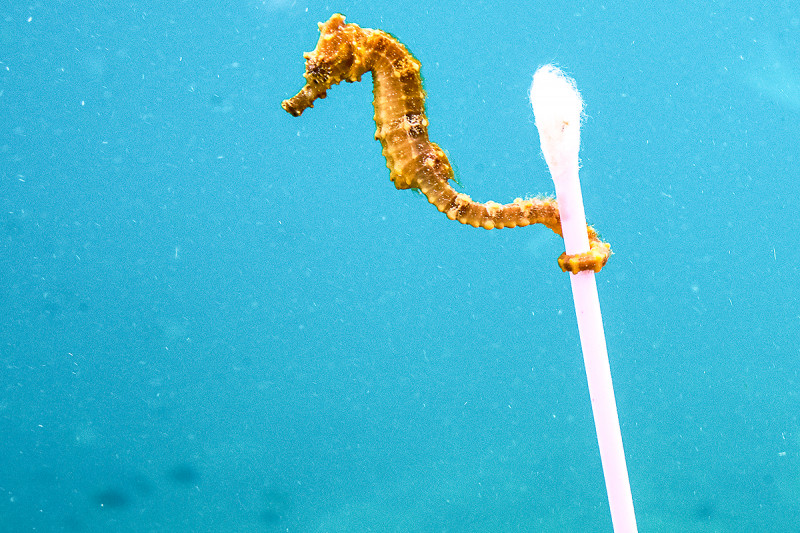
Foto: Justin Hofman
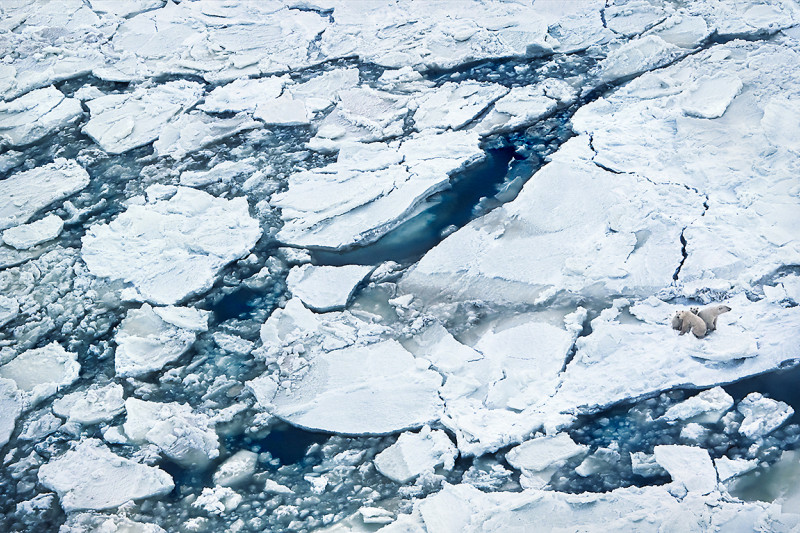
Foto. Tim Flach

Sculpture of the globe as visual highlight
The highlight of the exhibition is a monumental sculpture of the earth, onto which new, high-resolution satellite images are projected. "In the 100-metre-high air space of the Gasometer we are once again presenting the 20-metre-high globe from the successful exhibition Wonders of Nature - but completely reworked, with new content and we are using state-of-the-art technology," says Jeanette Schmitz. With projections of 58 million pixels resolution, which corresponds to about seven times the resolution of a digital cinema, the earth is virtually brought to life. "The view from space allows us to see how unique the Blue Planet is and also leaves us scientists constantly amazed", says Nils Sparwasser, Head of Department at the Earth Observation Center of the German Aerospace Center (DLR). "I am delighted that we are able to share our enthusiasm for the Earth's ecosystem with the public, especially with the Earth sculpture".
Implementation and concept
The upcoming exhibition "The Fragile Paradise" is being realised by Gasometer Oberhausen GmbH, in cooperation with the German Aerospace Center (DLR) and with the kind support of the Emschergenossenschaft. The basic concept of the exhibition goes back to Professor Peter Pachnicke, who was curator of the Gasometer for many years. Jeanette Schmitz, Managing Director of the Gasometer, and Thomas Wolf, Professor Pachnicke's long-standing colleague, have further developed and implemented the concept of the exhibition in cooperation with Nils Sparwasser from DLR.
DLR, Intermediate Engineering and geo - the Luftwerker are responsible for the technical realisation of the globe.
Media partners are WDR 5 and GEO. Other partners supporting the exhibition are Energieversorgung Oberhausen (EVO) and NABU NRW.

